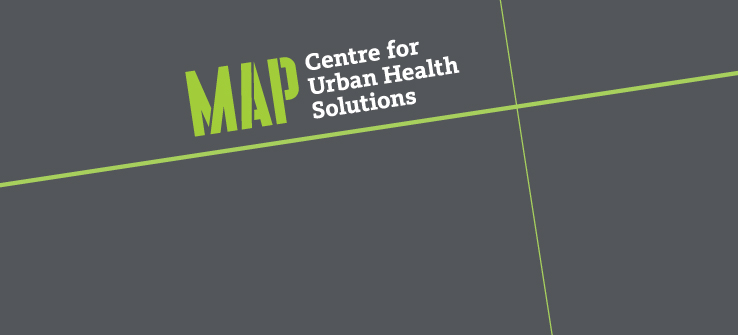From the Globe and Mail article
In the emergency department at the Royal Alexandra Hospital in Edmonton, Dr. Louis Hugo Francescutti recently treated a patient who was homeless and was there for the 360th time.
“I’ve had others that are in the 500 range,” he said in a recent phone interview from the hospital. “I’m at work right now – I came in at 6 o’clock, and the first six patients I saw were experiencing homelessness.”
With homelessness at crisis levels in cities across the country, emergency-room doctors and nurses have become a frequent point of contact for people without shelter, who face elevated risks of injury, illness and death and often have nowhere else to turn.
The medical toll of homelessness has become so acute that hospitals are now required by the Canadian Institute for Health Information (CIHI) to track whenever a lack of shelter is mentioned in a patient’s chart.
But doctors and nurses are not obligated to ask patients about their housing status, so this information is not always making it onto those charts in the first place – meaning the picture is incomplete.
And without data, the toll of the crisis remains difficult to measure and address – and opportunities for intervention are being missed.
Under the World Health Organization’s International Classification of Diseases (ICD), which is used to track global health statistics, homelessness is coded as Z59.0.
One of the biggest opportunities for improvements in the Z59.0 data collection is in emergency departments – the part of the health care system that homeless patients most frequently access
The nature of emergency care – focused and brief interactions – means that housing status is less likely to get logged in those cases.
“When you admit someone to hospital, you do take a fairly complete history and describe where they live and who’s living with them,” said Dr. Stephen Hwang, a general internistand director of the MAP Centre for Urban Health Solutions at St. Michael’s Hospital in Torontoand one of the world’s leading researchers on homelessness, housing and health. “But you don’t do that in the emergency department, necessarily.”
CIHI plans to publish its first report on Z59.0 data this year, with a goal of raising awareness of the code for both physicians and researchers across the country, to get them thinking about the value of asking the question, both clinically and statistically.

